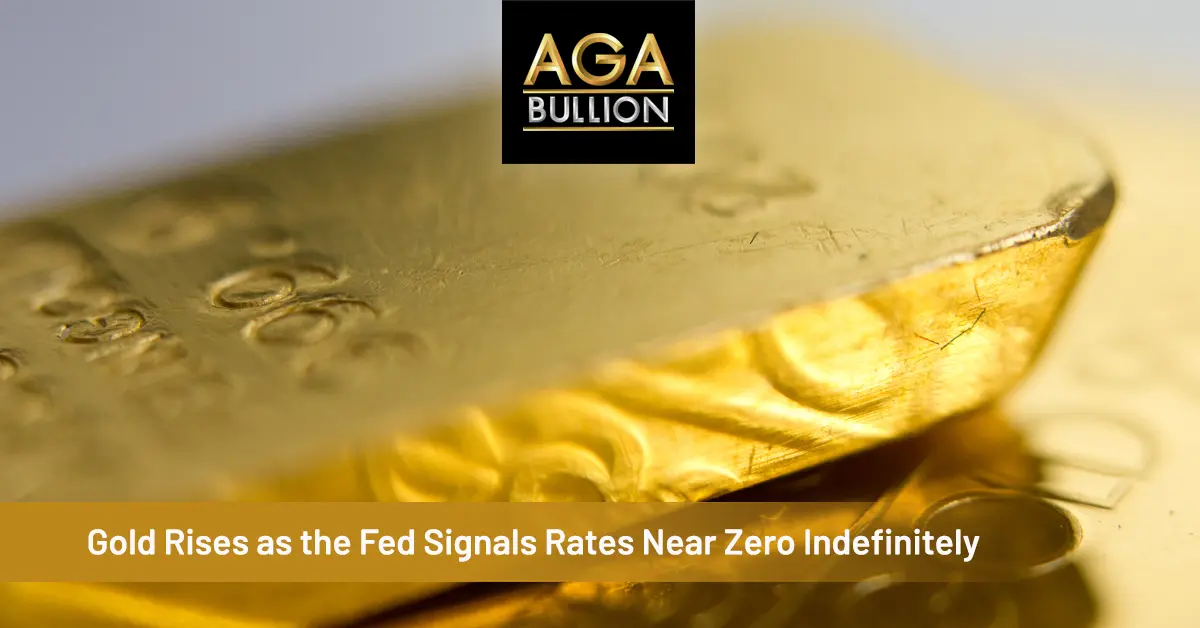A weaker USD helped spur investor appetite for commodities, as did ongoing supply side issues. This saw the ANZ China Commodity Index rising 0.2%. The gains were led by precious metals, with silver and gold rallying strongly. The industrial metals sector was up, led by gains in copper and nickel. Iron ore inched higher, while coking coal performing better. Palm oil and sugar led the agriculture sector higher. Energy bucked the trend, with Brent crude oil marginally lower while natural gas fell sharply.
Gold prices rallied amid reports that the Fed is working on a new policy strategy that involves rates staying near zero for five years or more. Fed Chair Powell will probably provide an update of the policy at the virtual Jackson Hole symposium on Thursday. Ahead of this, other governors provided plenty of warning about the challenges ahead. Governor Michelle Bowman said the pace of recovery is highly uncertain, while Thomas Barkin said consumer sentiment has taken a step back. Safe haven buying rose, with geopolitical tensions on the rise. Beijing fired two medium-range missiles into the South China Sea, while Washington put sanctions on 24 firms for building Chinese outposts in the disputed area. This saw investor sentiment for the precious metals improve markedly, with gold edging back towards USD2,000/oz.
Crude oil prices fluctuated between losses and gains as investors debated the impact of hurricanes about to hit the US Gulf Coast. More than 80% of oil output in the Gulf of Mexico and nearly 3mb/d of refining capacity have been shut ahead of the storms’ landfall. However the inventory overhang could negate some of the potential losses. Stockpiles of crude oil and products are still significantly higher than seasonal norms for this time of the year. Even a bigger than expected fall in inventories last week didn’t placate investors. Crude oil stockpiles fell by 4.689mbbl last week, while gasoline inventories were down 4.583mbbl. This saw WTI crude eventually settle in the red. However, Brent crude struggled to keep its head above water amid the uncertain economic backdrop and rising OPEC output. The continued rise in the number of COVID-19 cases in Europe and Asia remains a concern for investors, despite several European nations saying they won’t reinstate lockdowns.
North Asian LNG prices were steady as traders monitored the impact of Hurricane Laura on the US Gulf Coast export plants. Sabine Pass LNG export terminal will be taken offline, while the Cameron LNG project will operate at reduce levels. This has seen the schedule natural gas flows from the US fall to 3.15bcf on Tuesday, down 44% w/w and now at its lowest level since 28 July. An outage in Norway’s Kollsnes gas-processing plant, which provides nearly 40% of Europe’s gas, has supported European prices, and played a part in supporting Asian prices. This saw October futures rise USD0.080 to USD4.105/mmBtu. Support for longer dated futures was just as strong, with the November contract rising USD0.090 at USD4.765/mmBtu.
Base metals rose after economic data in the US indicated strong demand, despite the uncertain economic backdrop. Investors were buoyed by a much stronger than expected rise in durable goods orders in the US. The rise was driven by a strong gain in auto sector, with orders for motor vehicles and parts rising 21.9% in July, following an 85.6% rise the prior month.
Iron ore futures snapped a four-day selloff, despite data continuing to show a rise in output. Exports from Australia climbed to 18.7mt in the week ending 21 August, according to port data on Bloomberg. Fortescue also warned that it could potentially lift output to 180mt for the fiscal year 2020/21, compared with 178mt last year.







